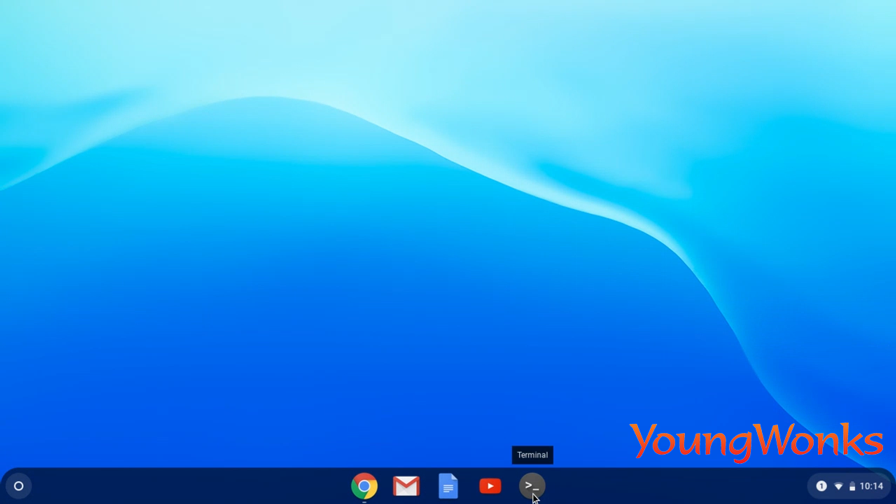

(conda_env) conda config -add channels conda-forge This can be done, along with activating the sub-environment and adding the conda-forge distribution channel, using the commands below: (base) conda create -name conda_env Optional: I will usually add a sub-environment within my base conda which I find easier to manage. To get conda running, you can enter into the base environment by executing: source /opt/miniconda3/bin/activate That should do it for your conda installation.
#PYTHON DOWNLOAD CHROMEBOOK INSTALL#
Once conda is installed, you’ll also want to set the right permissions for the folder so conda can add/remove packages (make sure you replace username in the snippet below also replace /opt/miniconda3 with your install location if you specified a different folder): sudo chown -R username /opt/miniconda3 Type yes when prompted to initialize Miniconda3 in your /root/.bashrc folder. When prompted to choose an installation location, I select /opt/miniconda3, as shown below: Important! Different people will have different preferences about where exactly to install conda on their device I’ve taken my cues from a couple of StackOverflow posts ( here and here) on this topic, but know that this is by no means canonical. Just keep pressing enter until you are required to type yes:

You’ll be prompted to read through the license: Once there, run the following command to install conda on your machine: sudo bash Miniconda3-latest-Linux-x86_64.sh Open the Terminal and navigate (using cd) to where you placed the Miniconda installer. Important! Once you’ve downloaded the installer, use the ChromeOS File Explorer to move the file (usually something like Miniconda3-latest-Linux-x86_64) into the “Linux Files” section of your device’s storage. Since Python 2 is officially being sunset at the point, I recommend you choose the most up-to-date version of Python 3 for Linux 64-bit systems (for me, this is Python 3.7). Using your browser, go to conda’s website at the following link and select which version of Python you want to go with your conda distribution by default. You should see an option to enable Linux Apps (this shouldn’t matter what OS channel you’re on, so long as you have at least Chrome ~71):įollow the prompts at the end, your computer should automatically launch a new “Terminal” app, which you will now see in your app drawer (I always pin it to the dock right away). Go to your Chromebook’s system settings and scroll down to the bottom.
#PYTHON DOWNLOAD CHROMEBOOK FULL#
I don’t have time to do a full explainer here, but make sure you’re familiar with the basics before proceeding: conda documentation. You can even install RStudio and other development tools quite easily with conda. I will be using conda in this tutorial, which is an environment manager that is a bit more comprehensive than pip. So these instructions should work for almost any Chromebook on the market. While I have a Pixelbook, I’ve had people tell me they’ve used this post to get Conda/Python/Jupyter running on machines with a humble 2GB of RAM and 16GB storage. This post will guide you through the process of setting up Jupyter, Python, and (optionally) R to run in the Linux container on your Chromebook.


 0 kommentar(er)
0 kommentar(er)
